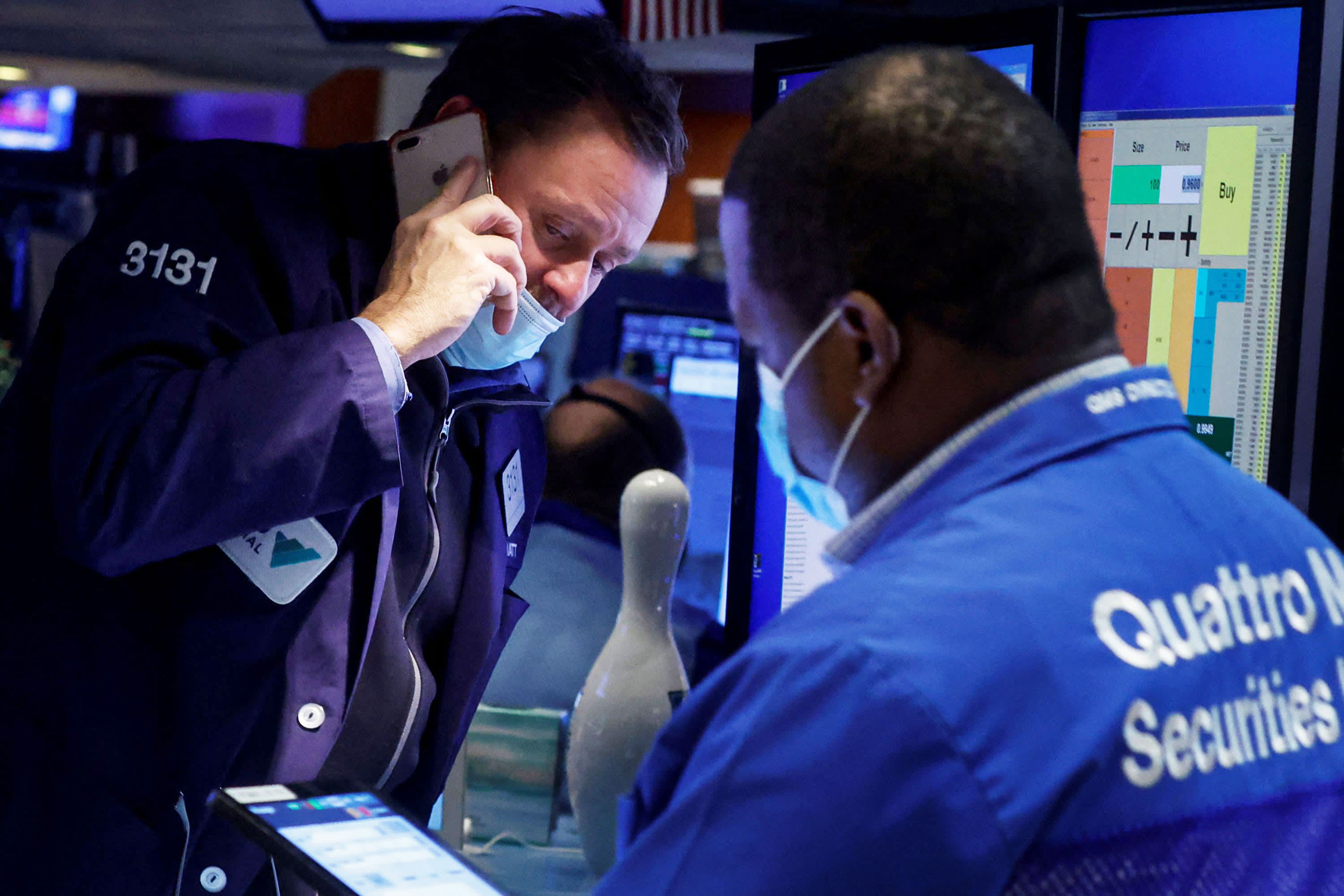IATA: Continued Int'l Demand Drove May Air Recovery
In a near replay of April results, the easing of government entry restrictions helped fuel a surge in international traffic in May, save for travel in China, according to the International Air Transport Association.

In a near replay of April results, the easing of government entry restrictions helped fuel a surge in international traffic in May, save for travel in China, according to the International Air Transport Association.
May passenger air volume was down 31.3 percent compared with May 2019 levels, an improvement over April's year-over-year decline of 37.2 percent. The monthly performance also was the best against pre-Covid-19 travel so far this year, according to IATA. May's revenue passenger kilometers were up 83.1 percent compared with May 2021, versus a 78.7 percent increase in April.
"The travel recovery continues to gather momentum," IATA director general Willie Walsh said in a statement. "Many major international route areas—including within Europe, and the Middle-North America routes—are already exceeding pre-Covid-19 levels. Completely removing all Covid-19 restrictions is the way forward, with Australia being the latest to do so this week."
[Report continues below chart.]
/Transportation/Air/Chart_0522-IATA.png)
The exception to this recovery is China, which saw a 73.2 percent drop in domestic travel compared to a year prior. "Its continuing zero-Covid policy is out of step with the rest of the world, and it shows in the dramatically slower recovery of China-related travel," Walsh said.
Total May global capacity as measured in available seat kilometers was up 52.8 percent year over year, up from April's 45.5 percent increase. Capacity was down 28.9 percent compared with May 2019.
The Middle East reported the largest-percentage year-over-year increase in traffic by region, up 279.6 percent, followed closely by Europe with a 258.8 percent increase over May 2021, though the latter had the largest capacity increase, at 159.1 percent. As in April, Asia-Pacific was the only region to show declines in both traffic and capacity, at 4.7 percent and 8.2 percent, respectively. The drops, however, had leveled off from the 25 percent declines for each in April.
Domestically, India showed the sharpest improvement in both traffic and capacity, with the former up 405.7 percent and the latter improving 205.7 percent year over year, but that is related to the country having its most severe Covid-19 outbreak in May 2021, according to IATA.
Total global load factor was 79.1 percent, up from 77.8 percent in April.
In addressing the operational challenges being seen in some European and North American hubs, Walsh asked for patience.
"Nobody wants to see passengers suffering from delays or cancellations," he said. "But passengers can be confident that solutions are being urgently implemented. Airlines, airports and governments are working together, however, standing up the workforce needed to meet growing demand will take time and require patience in the few locations where the bottlenecks are the most severe."
Still, he also excoriated governments with creating "uncertainty with knee-jerk Covid-19 policy flipflops and avoiding most opportunities to work in unison based on global standards," Walsh said. "It is unacceptable that the industry is now facing a potential punitive regulatory deluge as several governments fill their post-Covid-19 regulatory calendars."

 ValVades
ValVades 
































